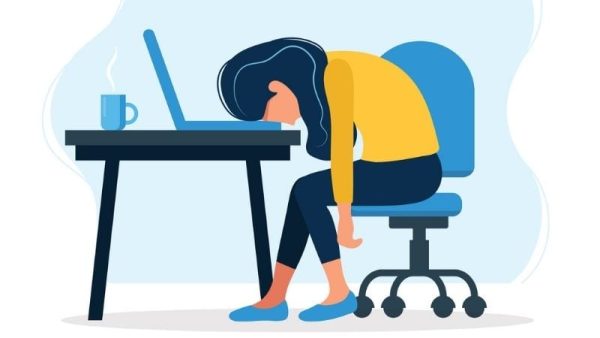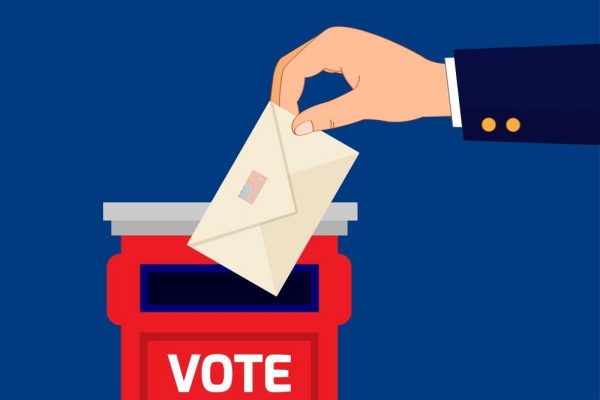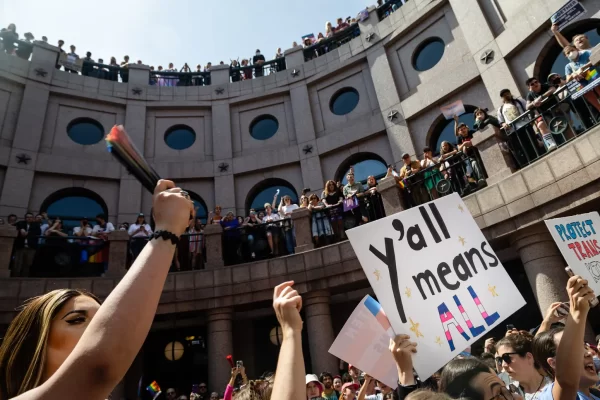Inclusive Sex Ed
The Perspectives page of The Blue and White offers students and staff an opportunity to express their thoughts about topics that affect our school, our community, or the world at large. The views and opinions expressed are those of the author and do not necessarily reflect the official policy or position of The Blue and White.
The following editorial was contributed by Senior Adrianna Cevallos:
When discussing young and impressionable LBGT youth, it’s often talked about the lack of inclusivity and representation seen across the majority of schools. Now with times changing and children growing into their adulthood, LGBT youth are often left in the dark about important things, such as sexual education and the risks same-sex partners fall under and how it is seen as a taboo.
Sexual education is very important to all coming-of-age children, teens, and young adults. But more often than not, sexual education is brought up in speaking of abstinence and something that is strictly heterosexual. There are many risks for LGBT youth. Statistics show their risks of catching an STI or STD are higher than a heterosexual couple. According to the National Institution of American Health, it was stated that 58.1% of heterosexual couples reported having STI’s. 64.1% of bisexual couples reported STI contraction, and 32% of homosexual couples reported STI contraction.
Same-sex or bisexual couples are often taught that abstinence is the answer, which now in the 21st century isn’t the case anymore as people are learning and discovering new things about themselves. Safe sex isn’t taught to LGBT youth, as many parents will not approve of even might find it offensive. There is a large stigma that surrounds LGBT and the youth and young teens that identify with it. It is dangerous for it not to be talked about and educated in schools, as disease mutations are always happening, and an outbreak is bound to happen if there is no education going around for LGBT couples.
Even as taboo it may seem, children now don’t see it as a problem, and that is a good thing. It means times are changing and evolving. It brings light to problems that parents of LGBT youth aren’t taught and educates children to be better prepared. There is more understanding to those who are LGBT.
If schools would educate children more often about sex-ed issues, these statistics would be lowered tremendously and there would not be as big of a taboo and stigma surrounding something natural. There has to be more education surrounding this issue, and it should start with schools where kids often feel more comfortable and safe to ask questions, be themselves, and be taught, and most importantly educated.










